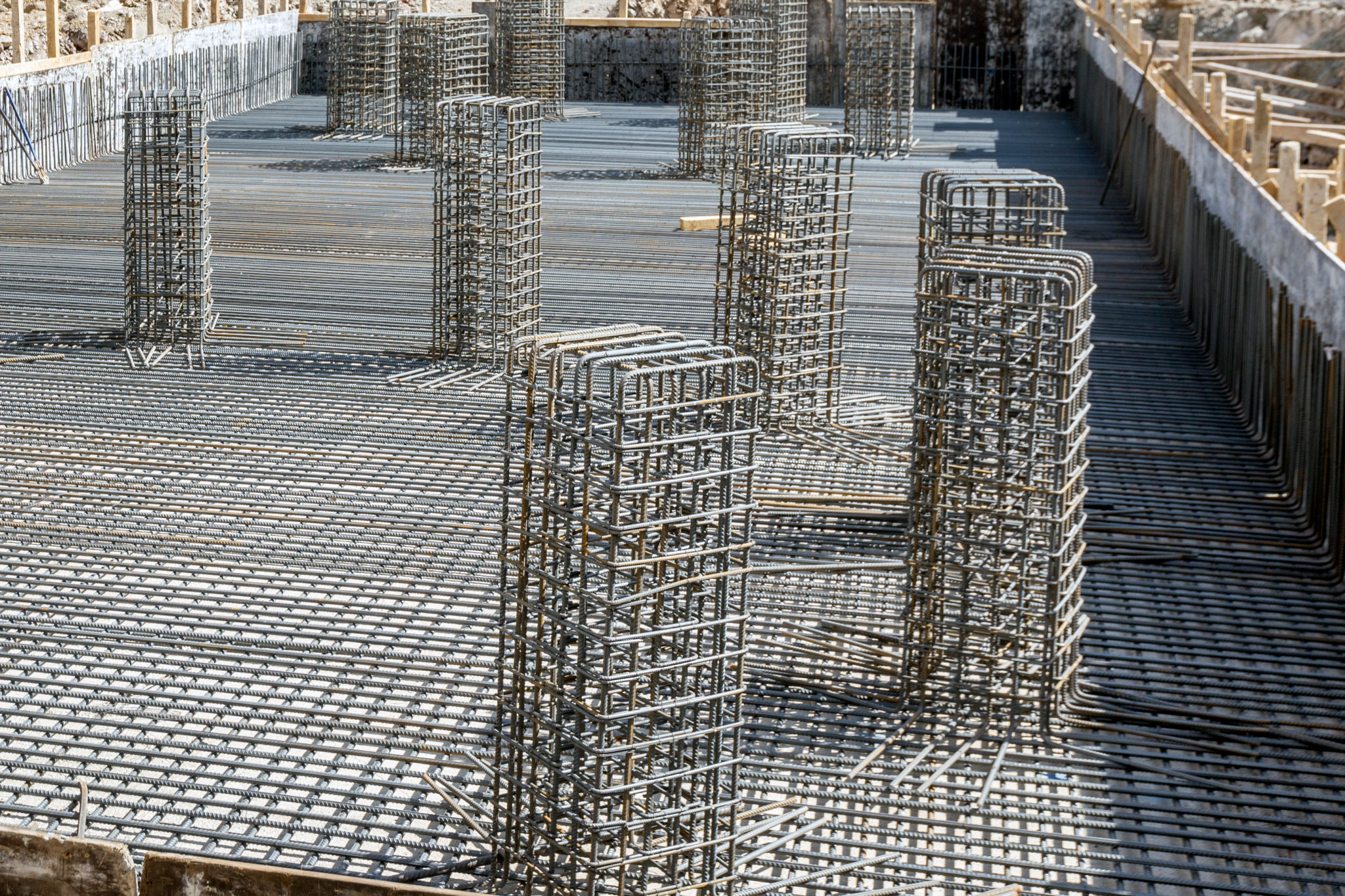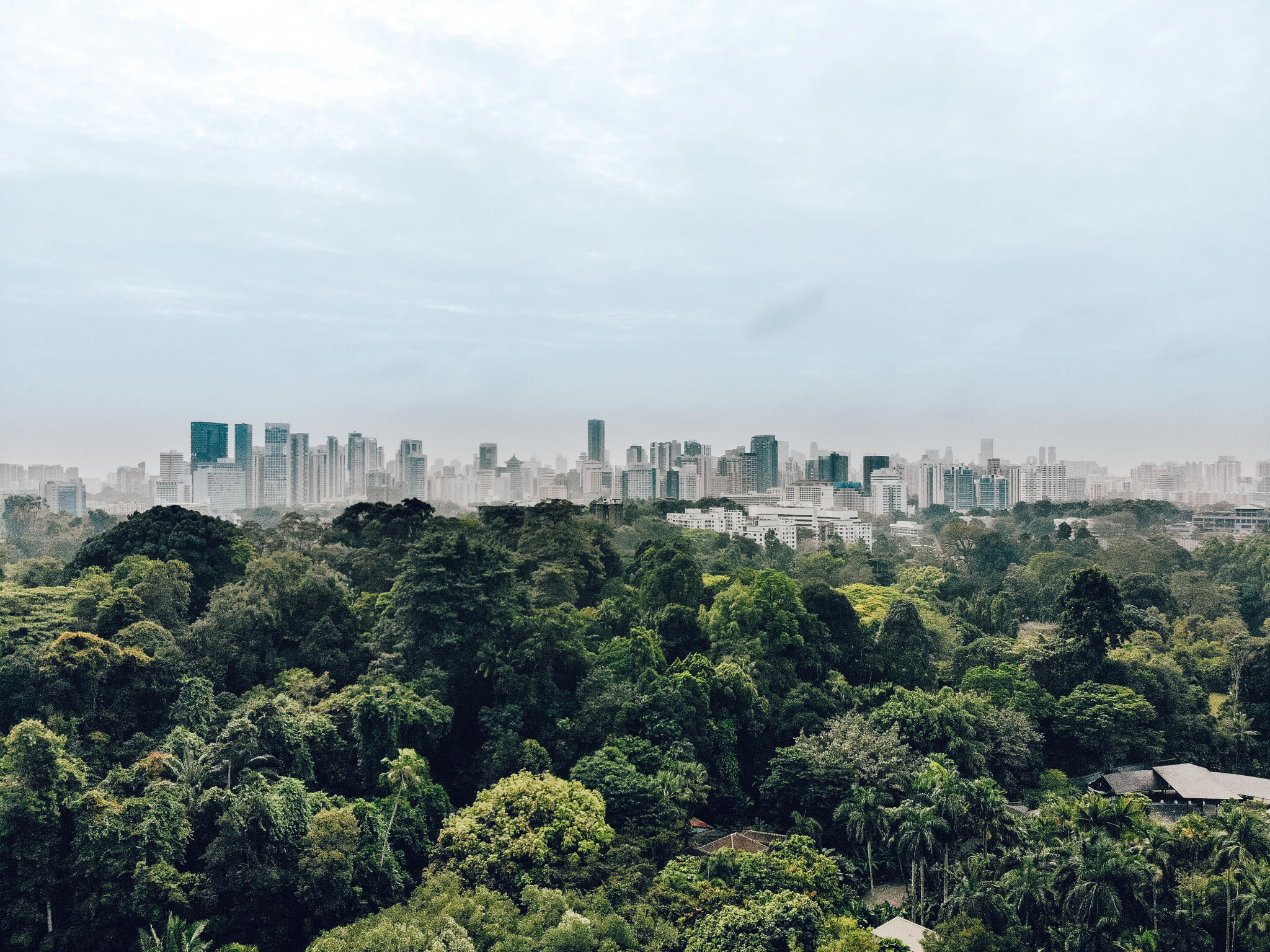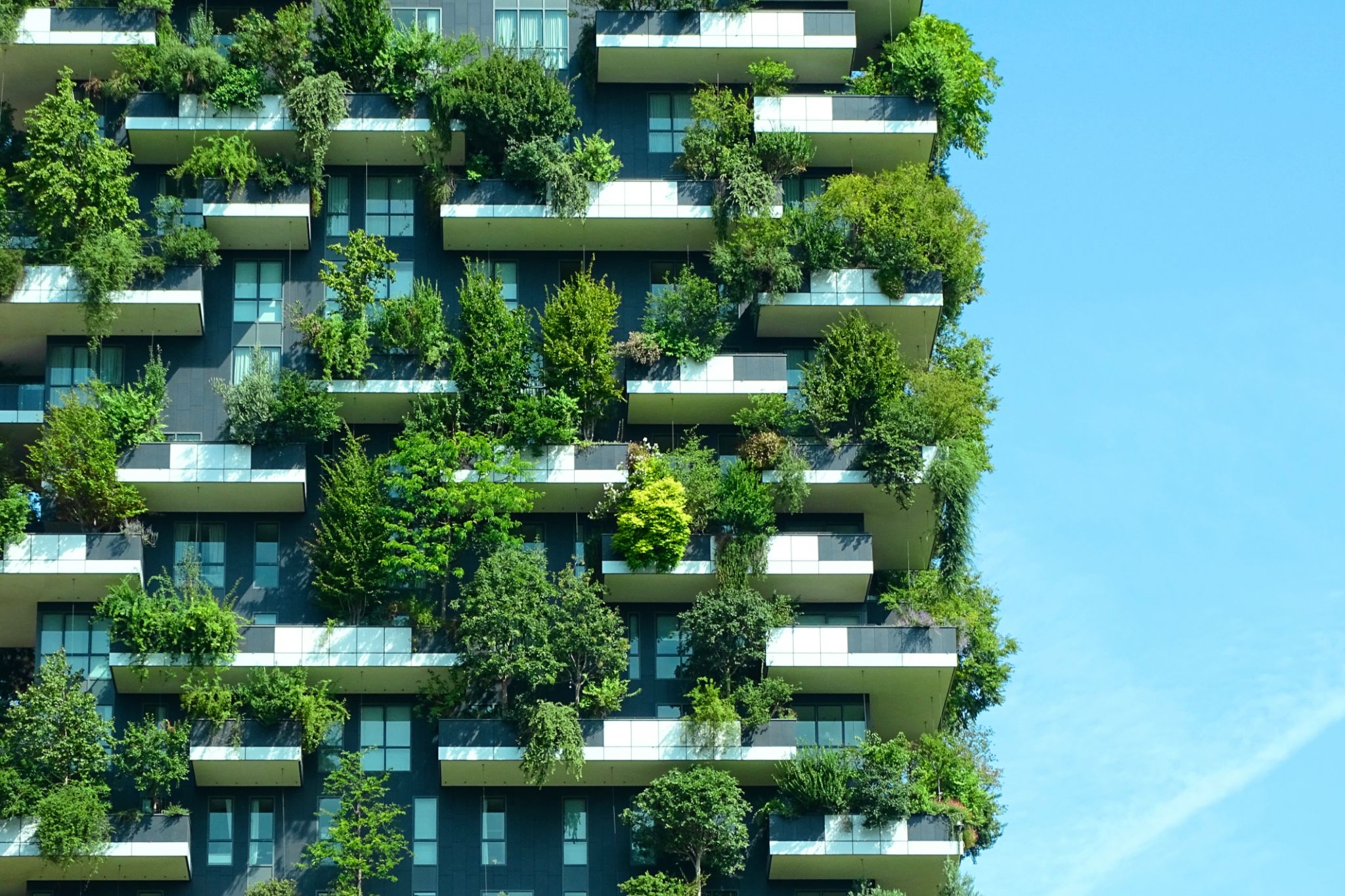- Home
- About
- Services
- Products
- Gallery
- Contact
- Tensile Structure odisha
- Tensile Structure
- Tensile Membrane Structure
- Auditorium Tensile Structure
- Shopping Mall Tensile Structure
- Tensile Fabric Structure
- Tensile Canopy Structure
- Atrium Tensile Structure
- Tensile Roofing Structure
- Open Space Covering
- Restaurant Tensile Structure
- School Tensile Structure
- Modular Tensile Structure
- Tensile Walkway Structure
- Tensile Car Parking Structure
- Tensile Gazebo
- Tensile Umbrella
- Hanger Tent
- Pagoda Tent
- Gazebo Tent
- Exhibition Tent
- Event Tent
- Swimming Pool Tensile
- Badminton Court Tensile Structure
- Basket Ball Court
- Tennis Court
- Stadium Tensile Structure
- Pvc Fabric
- Tarpaulin Fabric
- Tensile Fabric
- Industrial Shed
- Porta Cabin
- Blog
- Tensile Structure Delhi
- Tensile Structure Karnataka
- Tensile Structure kolkata
- Tensile Structure Andhra Pradesh
- Tensile Structure Bengaluru
- Tensile Structure visakhapatnam
- Tensile Structure Kerala
- Tensile Structure Madhya Pradesh
- Tensile Structure Gwalior
- Tensile Structure Bhopal
Innovative Uses of Tensile Fabric Structures in Modern Architecture
Understanding Tensile Fabric Structures
Tensile fabric structures have become a prominent feature in modern architecture, offering architects and designers remarkable flexibility and creativity. These structures are built using membranes that are stretched across a framework, often made of steel or aluminum. What makes tensile fabric structures stand out is their ability to cover expansive areas without internal support, providing an uninterrupted flow of space.
One of the primary benefits of using tensile fabrics is their aesthetic appeal. The smooth, curved surfaces create dynamic and futuristic designs that captivate onlookers. Additionally, these structures are lightweight, making them suitable for various applications, from temporary pavilions to permanent installations.

Applications in Public Spaces
Innovative uses of tensile fabric structures can be seen in public spaces worldwide. They are commonly used in stadiums, airports, and amphitheaters. Their ability to provide large, open spaces with minimal support makes them ideal for venues that require unobstructed views.
For instance, many sports stadiums utilize tensile fabric roofs to offer shade and weather protection while maintaining an open-air atmosphere. Similarly, airports employ these structures to create spacious terminals that enhance passenger experience by allowing natural light to flood the space.
Enhancing Urban Landscapes
Tensile fabric structures also play a significant role in enhancing urban landscapes. They can be used to create striking canopies over walkways, plazas, and parks, adding a touch of modernity to cityscapes. These installations not only provide shelter but also serve as iconic landmarks that define the character of a city.

Innovative Designs for Commercial Spaces
In the commercial sector, tensile fabric structures offer businesses the opportunity to create unique and inviting spaces. Retail outlets can use them to design eye-catching storefronts or as part of their interior design to create an engaging shopping environment.
Restaurants and cafes often employ tensile fabrics in outdoor seating areas. These structures provide shade and comfort for patrons while contributing to an appealing aesthetic. The versatility of tensile fabrics allows businesses to customize their spaces according to their brand identity.
Sustainability and Energy Efficiency
Tensile fabric structures are not only visually appealing but also promote sustainability and energy efficiency. The materials used are often recyclable and require less energy to produce compared to traditional building materials. Additionally, they can be designed to incorporate solar panels, further enhancing their eco-friendly credentials.

The Future of Tensile Fabric Structures
The potential for tensile fabric structures in modern architecture is vast. As technology advances, new materials and construction techniques are being developed, allowing for even more innovative applications. From adaptive shading systems that respond to environmental conditions to interactive installations that engage the public, the future is promising.
Architects and designers continue to push the boundaries of what is possible with tensile fabrics. As these structures become more prevalent, we can expect to see even more creative uses that redefine our built environment.
